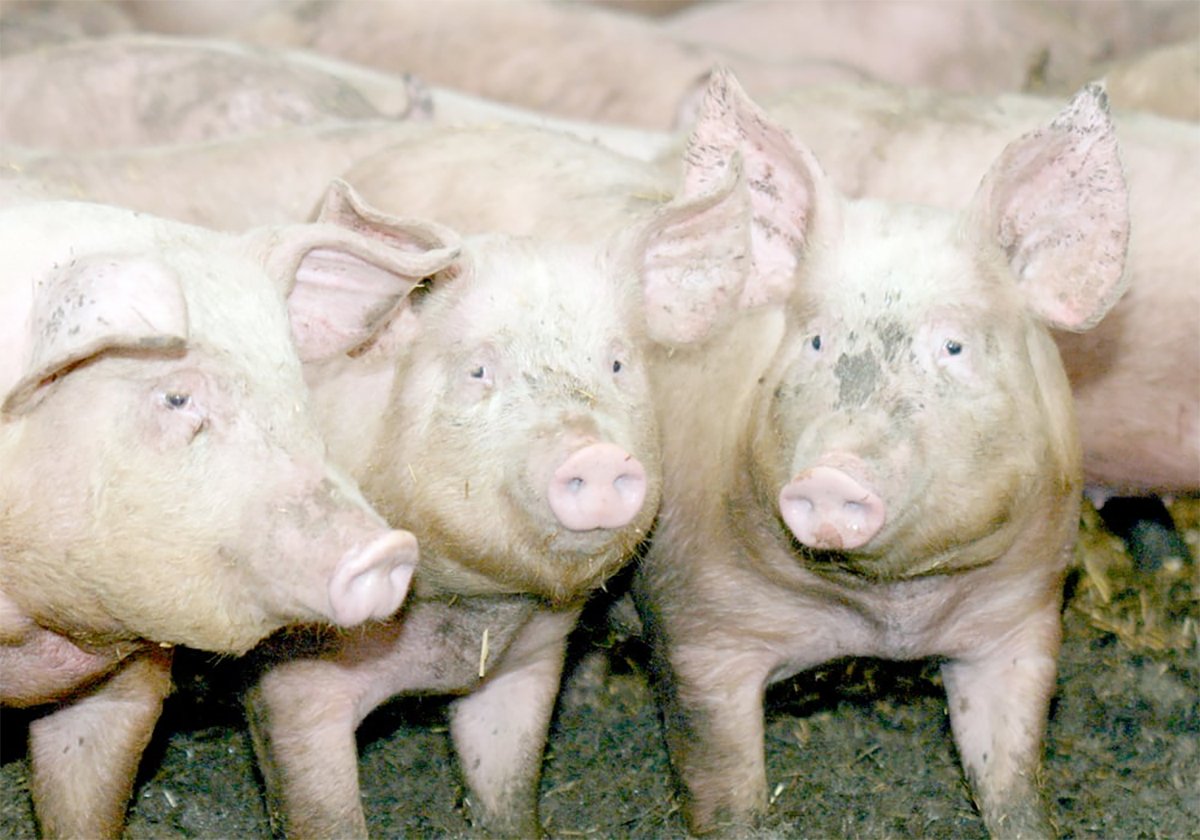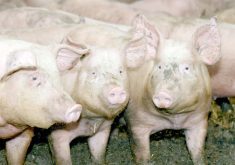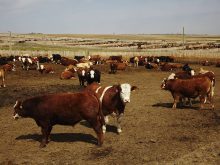A spiral-shaped group of bacteria is one of the leading causes of acute diarrheal disease in humans throughout the world.
Campylobacter research was part of a larger antibiotic resistance study that started in 1999 in four Alberta feedlots and tested more than 2,600 head.
Of the more than 7,700 samples collected from feedlot calves, 1,585 carried strains of campylobacter.
Overall, the antimicrobial-resistant bacteria were low but ongoing study is needed, researcher Doug Inglis said during the National Beef Seminar in Calgary.
“Our conclusion is there is potential for problems and it is really important that it be incorporated into ongoing surveillance programs.”
Read Also

The Western Producer Livestock Report – November 13, 2025
Western Producer Livestock Report for November 13, 2025. See U.S. & Canadian hog prices, Canadian bison & lamb market data and sales insights.
Inglis is the Canada Alberta Beef Industry Development fund chair at Agriculture Canada’s Lethbridge Research Centre.
He said the study found that managing campylobacter needs a balanced approach.
It also revealed resistance to tetracycline and doxcycline in all three species of campylobacter that were detected. Campylobacter coli showed moderate resistance to erythromycin, which is used to treat problems such as shipping fever.
“With respect to campylobacter, indeed there was next to no chance of having an infliction in a hospital due to antimicrobial resistant campylobacter,” he said.”The benefits of growth promotion, health benefits (to livestock) far exceed the risks to human health.”
Nevertheless, this is troublesome bacteria and can cause infection leading to acute gastroenteritis. Symptoms last about a week and many people never seek treatment.
“A real concern is irritable bowel syndrome that has been associated with campylobacter,” Inglis said.
More cases seem to appear in southern Alberta than anywhere else in Canada. The Lethbridge-based Chinook Health Region reports 75-130 cases per 100,000, compared to 40-60 cases per 100,000 in British Columbia and Alberta.
The sources may be food or water borne and the chance of contracting campylobacter is higher than infection from the parasite giardia. Campylobacter was a big problem during the contaminated water crisis in Walkerton, Ont., and was responsible for 116 cases of illness.
Affects poultry
American health officials have long recognized that campylobacter causes disease in animals and by 1996 it was the top cause of all domestic food-borne illnesses. It is found in the gut of many farm animals including poultry.
A recent two-year Minnesota Department of Health study found 88 percent of poultry sampled from local supermarkets tested positive for the bacteria.
Most human illness is caused by one species, campylobacter jejuni, but one percent of human cases are caused by other species.
The bacteria cannot tolerate dry conditions and can be reduced by oxygen and freezing.















